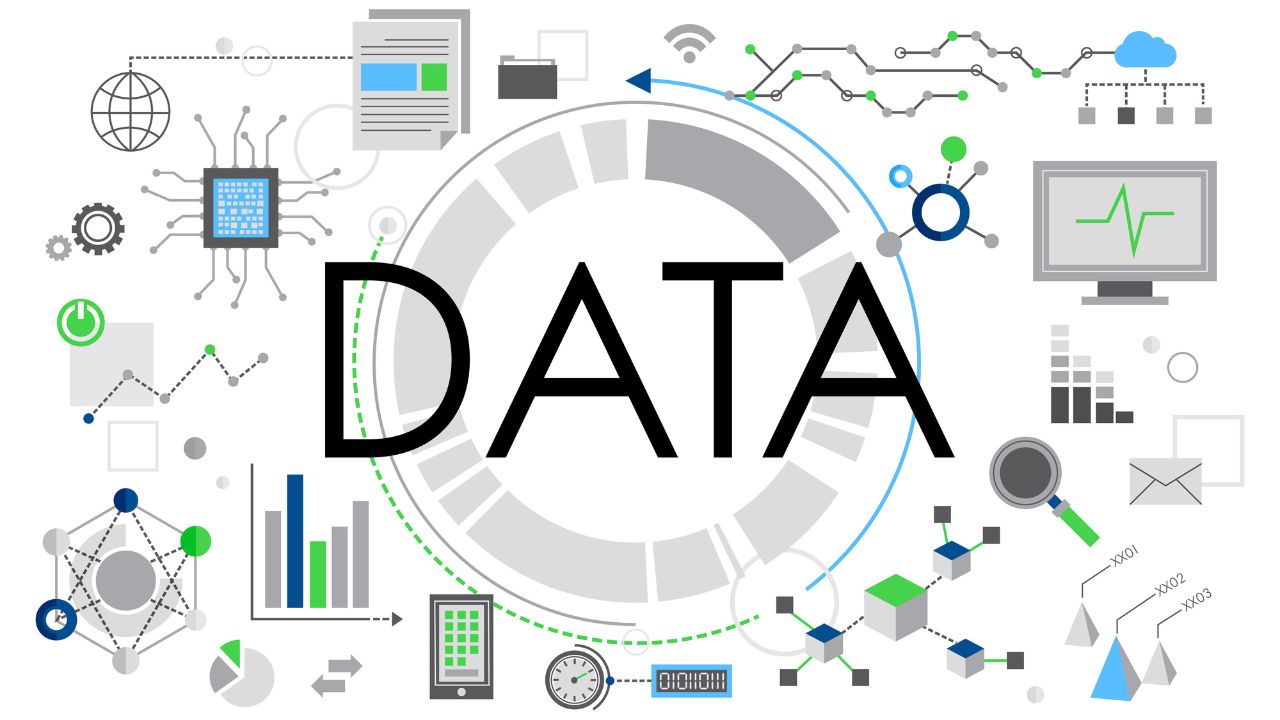Home < Blog < Understanding Image Datasets for Machine Learning and Research
Understanding Image Datasets for Machine Learning and Research
Posted on: July 17, 2025
Image datasets have become the backbone of modern computer vision and machine learning applications. Whether you're developing AI models, conducting academic research, or building commercial applications, having access to high-quality images dataset collections is crucial for success.
What Are Image Datasets?
An images dataset is a structured collection of digital images organized for specific research, training, or analytical purposes. These collections serve as the foundation for training machine learning models, conducting computer vision research, and developing AI-powered applications across various industries.
A well-curated dataset of images typically includes:
- Organized image files in standard formats (JPEG, PNG, etc.)
- Metadata describing image contents, categories, or labels
- Consistent quality and resolution standards
- Clear licensing and usage terms
- Documentation about collection methodology
Types of Image Datasets
General Purpose Collections
Some data set images focus on broad categories like everyday objects, scenes, or activities. These comprehensive collections often serve as benchmarks for computer vision research and provide diverse training materials for general AI models.
Industry-Specific Collections
Specialized datasets target particular sectors:
Fashion and Retail: Fashion image collections have become increasingly valuable for e-commerce platforms, style recommendation systems, and virtual try-on technologies. For example, fashion images extracted from the Farfetch website provide real-world examples of luxury fashion products, while comprehensive fashion products images datasets offer diverse collections for training recommendation algorithms and visual search systems.
Beauty and Cosmetics: Luxury makeup and cosmetics datasets help develop applications for virtual makeup trials, product recommendation engines, and brand recognition systems. Resources like luxury makeup images from Sephora provide high-quality product imagery with detailed metadata about colors, brands, and product categories, making them ideal for beauty tech applications.
Medical Imaging: Healthcare datasets include medical scans, diagnostic images, and clinical photography for developing diagnostic AI tools and medical research applications.
Key Considerations When Choosing Image Datasets
Quality and Consistency
High-quality images dataset collections maintain consistent lighting, resolution, and composition standards. This consistency is crucial for training reliable machine learning models and ensuring reproducible research results.
Diversity and Representation
Effective datasets include diverse subjects, backgrounds, and conditions to prevent bias in AI models. This diversity helps create more robust and generalizable computer vision systems.
Licensing and Ethics
Understanding usage rights is essential when working with any dataset of images. Ensure that your intended use aligns with the dataset's licensing terms and consider the ethical implications of the data collection process.
Size and Scope
The size of your data set images should match your project requirements. Larger datasets generally enable more robust model training but require more computational resources and storage capacity.
Applications of Image Datasets
E-commerce and Retail
Online retailers use fashion and product image datasets to power visual search engines, recommendation systems, and automated product categorization. These applications help customers find products more easily and improve overall shopping experiences.
Computer Vision Research
Academic researchers rely on standardized images dataset collections to develop new algorithms, compare model performance, and advance the field of computer vision. Benchmark datasets enable fair comparisons between different approaches and methodologies.
Content Creation and Management
Media companies and content creators use image datasets for automated tagging, content organization, and creative inspiration. These applications help manage large media libraries and streamline content production workflows.
Tools and Platforms for Dataset Creation
Image Bulk Extraction Tools
Creating custom datasets often requires specialized extraction tools that can efficiently gather images from various sources. CrawlFeeds offers an image bulk extraction tool that enables researchers and developers to systematically collect images from websites and online platforms while respecting robots.txt guidelines and rate limits.
These extraction tools typically provide features like:
- Automated image discovery and download
- Metadata extraction and organization
- Quality filtering and duplicate removal
- Batch processing capabilities
- Export options for different formats
When using any image extraction tool, it's essential to consider legal and ethical implications, ensure compliance with website terms of service, and respect intellectual property rights.
Best Practices for Working with Image Datasets
Data Preprocessing
Before using any images dataset, implement proper preprocessing steps including image resizing, normalization, and quality filtering. These steps ensure consistent input for your models and improve training efficiency.
Validation and Testing
Always reserve portions of your dataset of images for validation and testing purposes. This practice helps evaluate model performance objectively and prevents overfitting to training data.
Documentation and Metadata
Maintain detailed documentation about your data set images, including collection methodology, processing steps, and any known limitations or biases. This documentation ensures reproducibility and helps others understand your work.
Available Dataset Resources
For practitioners looking to start working with image datasets, several specialized collections are readily available:
Fashion and Beauty Datasets
-
Fashion Products Collections: Comprehensive fashion products images datasets provide diverse examples of clothing, accessories, and lifestyle products suitable for training recommendation systems and visual search applications.
-
Luxury Fashion Images: Curated collections like fashion images extracted from the Farfetch website offer high-end fashion imagery perfect for luxury brand recognition and style analysis projects.
-
Beauty and Cosmetics: Specialized datasets such as luxury makeup images from Sephora provide detailed product imagery ideal for developing virtual try-on applications and color-matching algorithms.
These resources demonstrate the variety and quality of images dataset collections available for specific industry applications, making them valuable starting points for both research and commercial projects.
The Future of Image Datasets
As AI technology continues advancing, the demand for specialized and high-quality image datasets will only increase. We're seeing trends toward more diverse, ethically sourced, and domain-specific collections that address real-world challenges across various industries.
The development of synthetic image generation techniques also presents new opportunities for creating custom datasets tailored to specific needs while addressing privacy and ethical concerns associated with real-world data collection.
Conclusion
Image datasets form the foundation of modern computer vision and AI applications. Whether you're working with general-purpose collections or specialized industry datasets, success depends on choosing high-quality, appropriately licensed, and well-documented image collections that align with your project goals.
As the field continues evolving, staying informed about best practices in dataset selection, preprocessing, and ethical considerations will be crucial for developing effective and responsible AI systems. The key is finding the right balance between dataset size, quality, diversity, and ethical compliance for your specific use case.
Latest Posts
Find a right dataset that you are looking for from crawl feeds store.
Submit data request if not able to find right dataset.
Custom request




